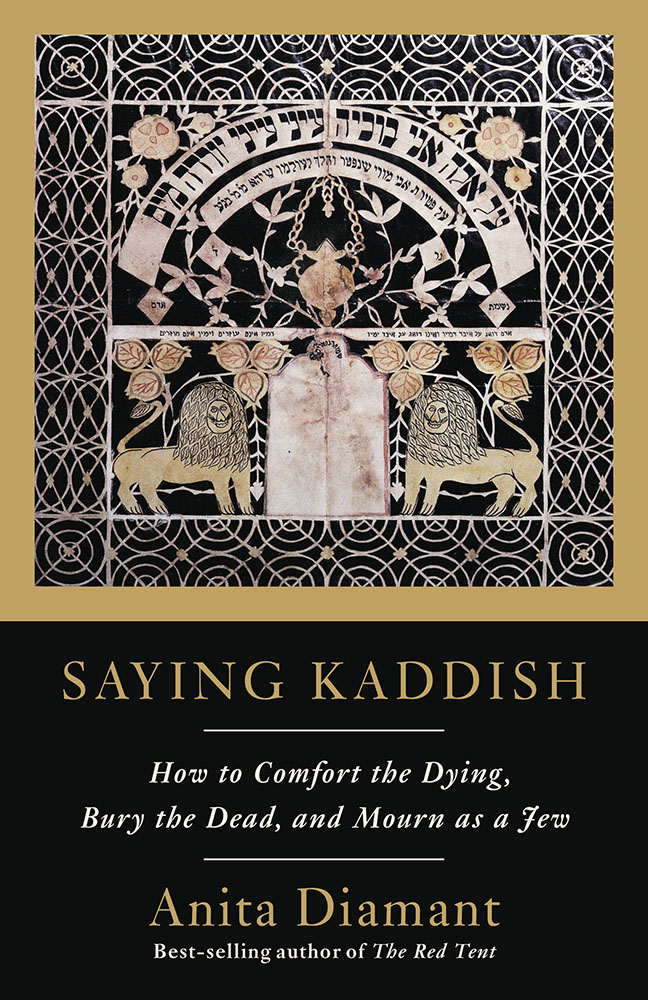Saying Kaddish
 Title: Saying Kaddish: How to Comfort the Dying, Bury the Dead, and Mourn as a Jew
Title: Saying Kaddish: How to Comfort the Dying, Bury the Dead, and Mourn as a JewSeries: Non-fiction
Published by: Schocken
ISBN13: 978-0805210880
Buy the Book: Amazon, Barnes & Noble, Bookshop
Overview
A book of consolation as well as guidance, Saying Kaddish helps mourners find their way through “the valley of the shadow of death” using an ancient path followed by Jews for centuries. A guide to Jewish practices in the sickroom, at the funeral and in a house of mourning, Saying Kaddish includes chapters about traditional Jewish funeral customs such as shiva, the first week after death when mourners stay home to be comforted and cared for by community, friends, and family.
Saying Kaddish explains the status of mourners during the thirty days after the death of a loved one – a time when loss is still raw and painful – and when they are exempt from the responsibilities of social, business, and religious. There are chapters about the annual rituals of Yizkor and Yahrzeit, about caring for grieving children, about writing wills and the impact of suicide.
As in all of Anita Diamant’s Jewish lifecycle books, Saying Kaddish offers thoughtful options and choices that reflect the realities of modern life, such as how to mourn the death of a loved one who is not Jewish, and how to bring the Jewish rituals of consolation to your home after a funeral and shiva have taken place in another community.
Watch an interview with Anita about mourning customs for families that include folks from different faith traditions.
Praise
“Diamant’s book guides readers to make responsible decisions about how to honor the dead with integrity. Her practical advice is complemented by personal reflections and historical explanations, in a book that will help readers find their way, and make them feel less alone, in the excruciatingly lonely process of grief…. This comprehensive guide answers many of the questions that contemporary Jews may have in a time of grief.”
—Booklist
“Does a wonderful job of showing how Jewish ritual can help mourners heal and how friends and community members can be an important part of that healing.”
—JewishFamily.com
Excerpt
Rabbi Abraham Joshua Heschel once described Jewish ritual as “the art of significant forms in time, as architecture of time,” Jewish life cycle customs and holidays can be thought of as “cathedrals” made of time.
The blueprint for the mourner’s “cathedral” can be imagined as a series of concentric circles defined by the passage of the first week, the first month, the first year, and the anniversary of a death. The innermost circle is the darkest, but as the weeks pass, mourners move from the dimness of remembering and weeping, to the light of rejoicing in memory and to life itself.
. . . All Jewish mourners follows the path of all the Jewish mourners who proceeded them . When you rise to say [the prayer called] Kaddish, you are shoulder to shoulder with everyone who stands or ever stood as you do, recalling a beloved face that is gone but not forgotten. The traditional prayer of condolence acknowledges this larger Jewish community: “May the Holy One comfort you among all the mourners of Zion and Jerusalem.”
This is a gathering that transcends time and place.
Truly, you are not alone.